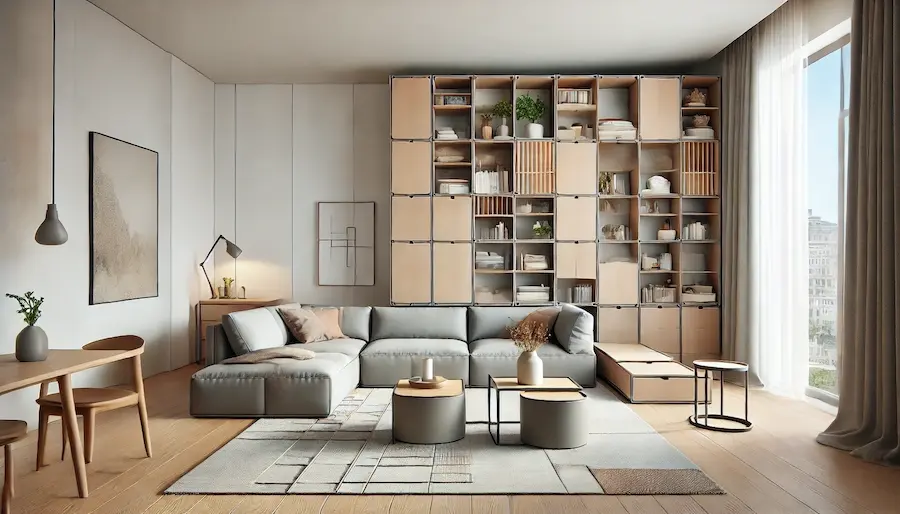Modular living rooms offer unparalleled flexibility and adaptability, allowing homeowners to customize their spaces to suit evolving needs and preferences.
History and Evolution of Modular Living Rooms
The concept of modular furniture gained prominence in the mid-20th century, aligning with the modernist movement’s emphasis on functionality and simplicity. Designers sought to create furniture systems that could be easily reconfigured, catering to the dynamic lifestyles of contemporary society. Over time, advancements in materials and manufacturing have expanded the possibilities of modular design, making it a popular choice for modern living rooms.
Key Features of Modular Living Rooms
- Interchangeable Components: Modular furniture consists of individual pieces that can be combined in various configurations, such as sectional sofas that adapt to different room layouts.
- Space Optimization: Ideal for both small and large spaces, modular designs allow for efficient use of available area, accommodating changing needs over time.
- Customization: Homeowners can select specific modules, fabrics, and finishes to reflect personal style and functional requirements.
- Ease of Rearrangement: The lightweight and versatile nature of modular pieces facilitates easy reconfiguration, enabling quick updates to the living room’s layout.
Applications in Living Room Design
- Flexible Seating Arrangements: Modular sofas and sectionals can be adjusted to accommodate different numbers of guests or to create varied seating layouts.
- Integrated Storage Solutions: Modular wall units and shelving systems provide customizable storage options that can be tailored to specific needs.
- Adaptable Workspaces: In multifunctional living rooms, modular furniture can be configured to create temporary work or study areas as needed.
Considerations When Choosing Modular Living Room Furniture
- Quality and Durability: Invest in well-constructed pieces made from high-quality materials to ensure longevity and sustained functionality.
- Aesthetic Cohesion: Select modules that complement the existing décor and color scheme of the living room to maintain a harmonious appearance.
- Scalability: Consider future needs by choosing modular systems that can be expanded or reconfigured as requirements change.
Conclusion
Modular living rooms embody the principles of flexibility, functionality, and personalization, making them well-suited to contemporary lifestyles. By incorporating modular furniture, homeowners can create adaptable and stylish spaces that evolve with their needs.
